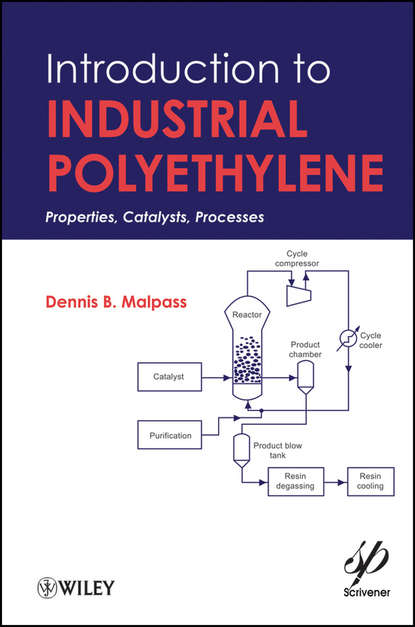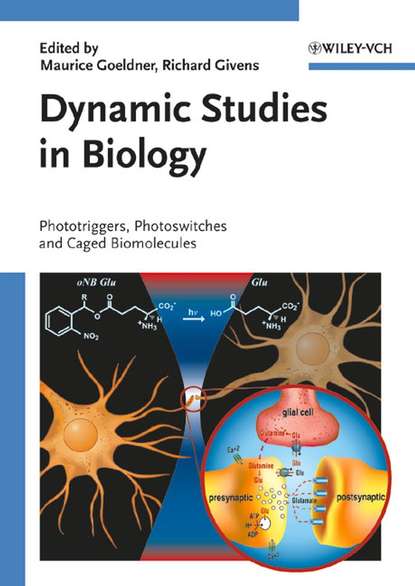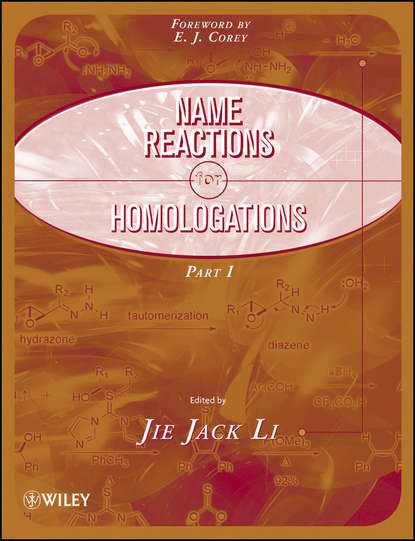Книга "Введение в промышленный полиэтилен. Свойства, катализаторы и процессы" поможет разобраться в основах синтеза и применения полиэтилена - самого массового синтетического полимера. Автор, опытный специалист в области полиэтилена, представляет доступный и понятный вводный курс для химиков, инженеров и студентов, которые хотят узнать больше о данной теме. Книга поможет читателям разобраться в терминологии, используемой в промышленной технологии полиэтилена, и пояснит химию катализаторов и сокатализаторов, применяемых при производстве полиэтилена. В книге приводится обзор истории полиэтилена, основных характеристик и номенклатуры данного полимера. Автор рассматривает катализаторы и сокатализаторы, необходимые для производства полиэтилена, а также процессы его производства и вопросы, связанные с его применением, такие как реология, добавки, экологические проблемы и т.д. Книга также представляет собой ценный справочник для промышленных химиков и инженеров, описывающий основные характеристики технологии полиэтилена, типы полиэтилена и их отличительные черты, рынки, ключевые методы производства и основных производителей полиэтилена. Кроме того, рассматриваются биоразлагаемые альтернативы полиэтилену, приводится тщательный глоссарий, определяющий аббревиатуры и термины, используемые в производстве и свойствах полиэтилена, а также даются прогнозы будущего промышленного применения полиэтилена.
This text focuses on one of the most researched polymers, finding ways to create it, how is it processed and what happens when it wears out in more universities involve in polymer and petroleum materials. In the preface, the author promotes himself as an expert and authoritative resource on polyethylene chemistry and raises his credentials by stating there is one professor who endorsed it and he found it "straightforward and useful".
Электронная Книга «Introduction to Industrial Polyethylene. Properties, Catalysts, and Processes» написана автором Dennis Malpass B. в году.
Минимальный возраст читателя: 0
Язык: Английский
ISBN: 9780470900451
Описание книги от Dennis Malpass B.
Demystifies the largest volume manmade synthetic polymer by distillingthe fundamentals of what polyethylene is, how it's made and processed,and what happens to it after its useful life is over. Endorsement for Introduction to Industrial Polyethylene «I found this to be a straightforward, easy-to-read, and useful introductory text on polyethylene, which will be helpful for chemists, engineers, and students who need to learn more about this complex topic. The author is a senior polyethylene specialist and I believe we can all benefit from his distillation of knowledge and insight to quickly grasp the key learnings.» —R.E. King III; Ciba Corporation (part of the BASF group) Jargon used in industrial polyethylene technology can often be bewildering to newcomers. Introduction to Industrial Polyethylene educates readers on terminology commonly used in the industry and demystifies the chemistry of catalysts and cocatalysts employed in the manufacture of polyethylene. This concise primer reviews the history of polyethylene and introduces basic features and nomenclatures for this versatile polymer. Catalysts and cocatalysts crucial to the production of polyethylene are discussed in the first few chapters. Latter chapters provide an introduction to the processes used to manufacture polyethylene and discuss matters related to downstream applications of polyethylene such as rheology, additives, environmental issues, etc. Providing industrial chemists and engineers a valuable reference tool that covers fundamental features of polyethylene technology, Introduction to Industrial Polyethylene: Identifies the fundamental types of polyethylene and how they differ. Lists markets, key fabrication methods, and the major producers of polyethylene. Provides biodegradable alternatives to polyethylene. Describes the processes used in the manufacture of polyethylene. Includes a thorough glossary, providing definitions of acronyms and abbreviations and also defines terms commonly used in discussions of production and properties of polyethylene. Concludes with the future of industrial polyethylene.



















